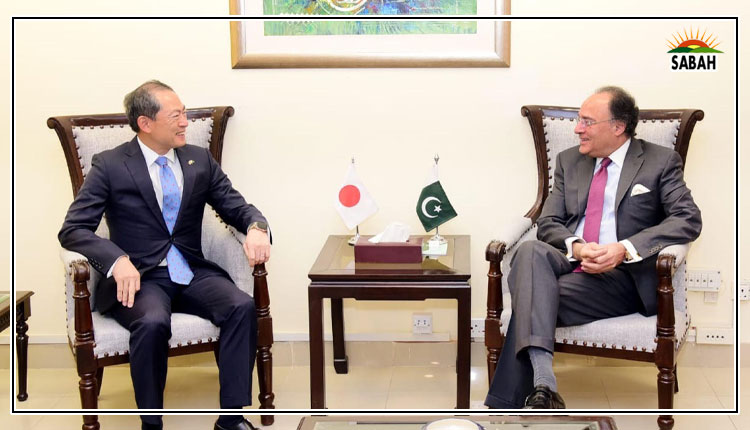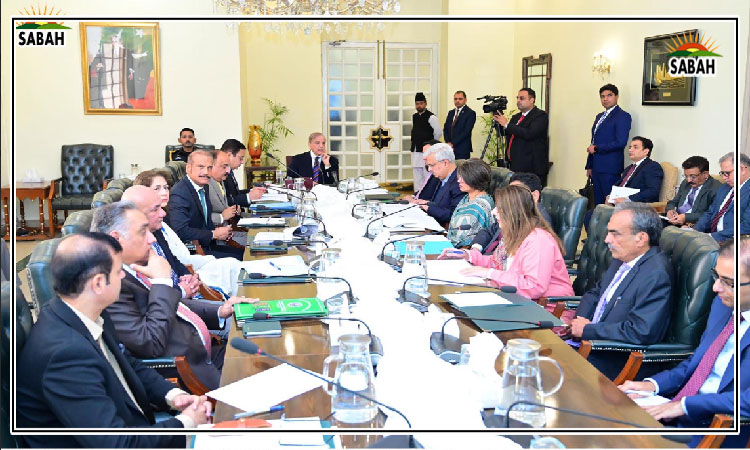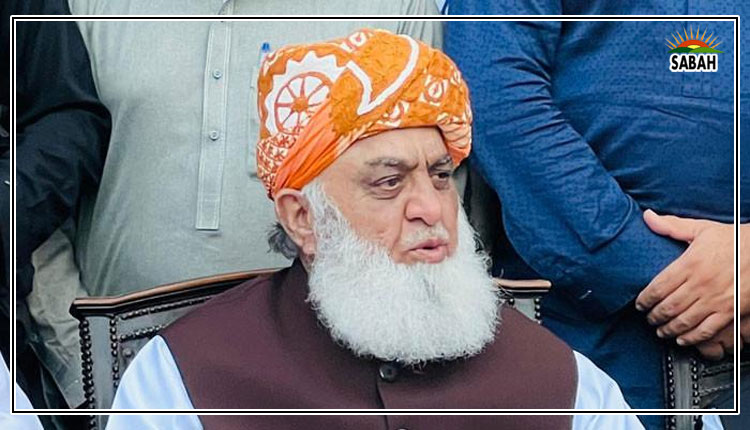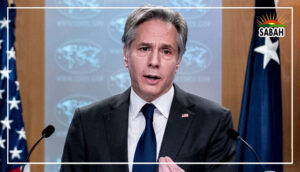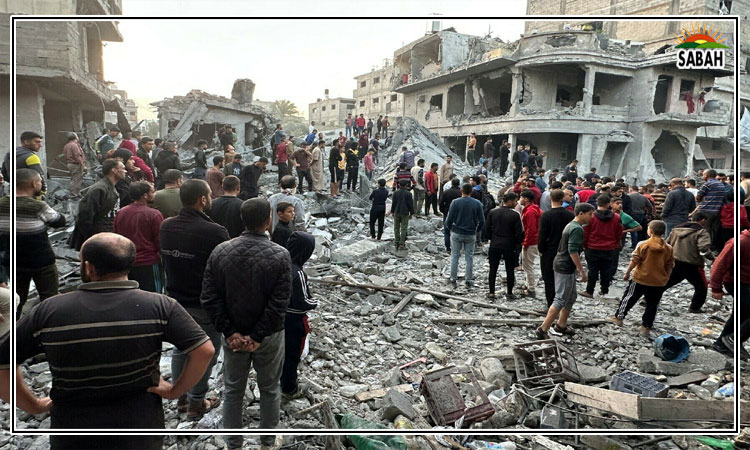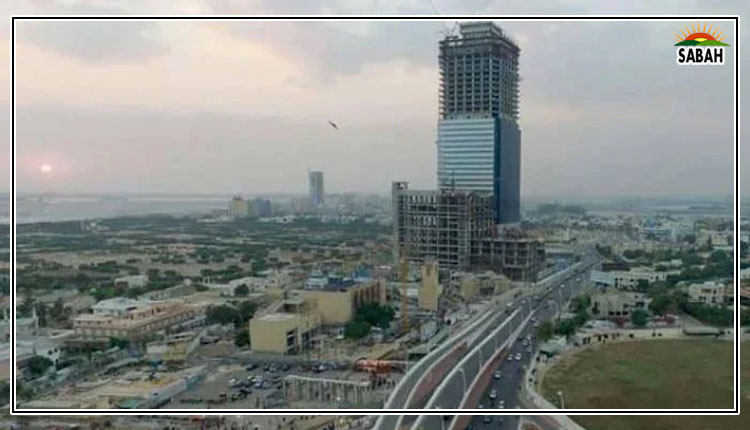Building better cities…Dr Muhammad Imran
Pakistans new government urgently needs innovative funding sources and frameworks to support urban development. This is even more important as the foreign loan repayments, the defence budget and the public sectors overhead spending and subsidies will not go away in the near future. The current public sector-led urban development funding model is outdated and must be changed by the new government.
Cities are attracting foreign direct investment (FDI) in their infrastructure and real-estate projects worldwide. However, the scale of FDI in cities varies because of their economic role in national and international contexts, their political stability and innovative regulatory and funding frameworks that attract international companies. Shanghai, Hong Kong and New Delhi have developed and practised new models of attracting FDI in their urban development projects. The Pakistani government can learn several lessons from these.
Shanghai moved from land-driven speculation to export-oriented tertiary industries, reflecting the countrys priorities for economic growth. The local governments in Shanghai raised large amounts of capital by leasing government land to state-owned development corporations that prepared the land and developed infrastructure and then leased it to local and international private companies. In this model, coordination is critical; therefore, innovative governance structures are created, in which the original administrative levels, responsibilities, and boundaries are relatively blurred to achieve the strategic goal of economic growth.
Hong Kongs world-class rail plus property approach is regarded as one of the most profitable models of urban development. This model allowed the urban rail system to be completely constructed, operated, and maintained without subsidies from the government while allowing housing and commercial development near the stations. The macro-conditions in Hong Kong, such as the growing population and economic growth, and the micro-conditions of innovative regulation and strong institutional capacity were essential to making their model successful. Many cities in Mainland China have adopted Hong Kongs model by advancing publicprivate partnerships.
New Delhi has adopted a transited-oriented development model to attract FDI. However, the citys success has been patchy because of a lack of land use and zoning power, obsolete urban planning legislation, an unclear intergovernmental collaboration framework, perceptions of corruption and a focus on short-term profit.
Pakistani cities success in attracting FDI to their infrastructure and real-estate projects has been poor. The Ravi Urban Development and CBD projects in Lahore and CPEC Special Economic Zones are recent examples where no or limited FDI has been attracted so far. Similarly, the BRT or Metro projects in Lahore, Multan, Islamabad, Peshawar and Karachi, and the Orange Train in Lahore have positively impacted peoples travel but have failed to address their financial sustainability. This has been because of a lack of innovation in terms of institutional configurations, arranging finances and broadening political support.
The overall aim of urban planning is to improve the quality of life of the communities living in the cities. Contemporary urban planning can devise innovations that will suit Pakistani cities to attract FDI for economic growth. However, we must learn lessons from Shanghai, Hong Kong and New Delhi. The key lessons for Pakistani cities are:
The role of the government: Shanghai, Hong Kong and New Delhi have shown the governments role in urban development. The government was crucial in providing the core infrastructure and assembling land for kick-starting development. In the era of neoliberal economic policies, the government can innovate a range of market-oriented policy tools that suit the socioeconomic conditions of their cities.
Collaborative governance: Large-scale urban development is impossible without teamwork involving the government, private sector and community groups that devise innovative business models suitable for their cities. These actors have to develop a shared understanding of the goals of urban development and then coordinate to create new governance, regulatory and funding environments.
Political support: Urban development is usually cross-functional and a part of long-term economic goals which require innovation, not only in the institutional architecture but also in the political room to manoeuvre to build continuous support for development by all political parties. Therefore, we would suggest that major political parties, whether in the government or in the opposition, sign a Charter of Urban Development to support the process of innovation.
In short, I urge the new federal and provincial governments to broaden the debate on how Pakistani cities can contribute to the national economy and how this development will be promoted through innovations in existing or new institutions and specific models of attracting FDI. I urge central, provincial and local governments and a wide range of political parties to lead strongly in developing the strategic goals of each city, as well as regulatory and non-regulatory measures and incentives for innovation.
Strong leadership will help align such projects with national priorities, clearly signalling expectations and a consistent approach throughout the country.
Courtesy The News


